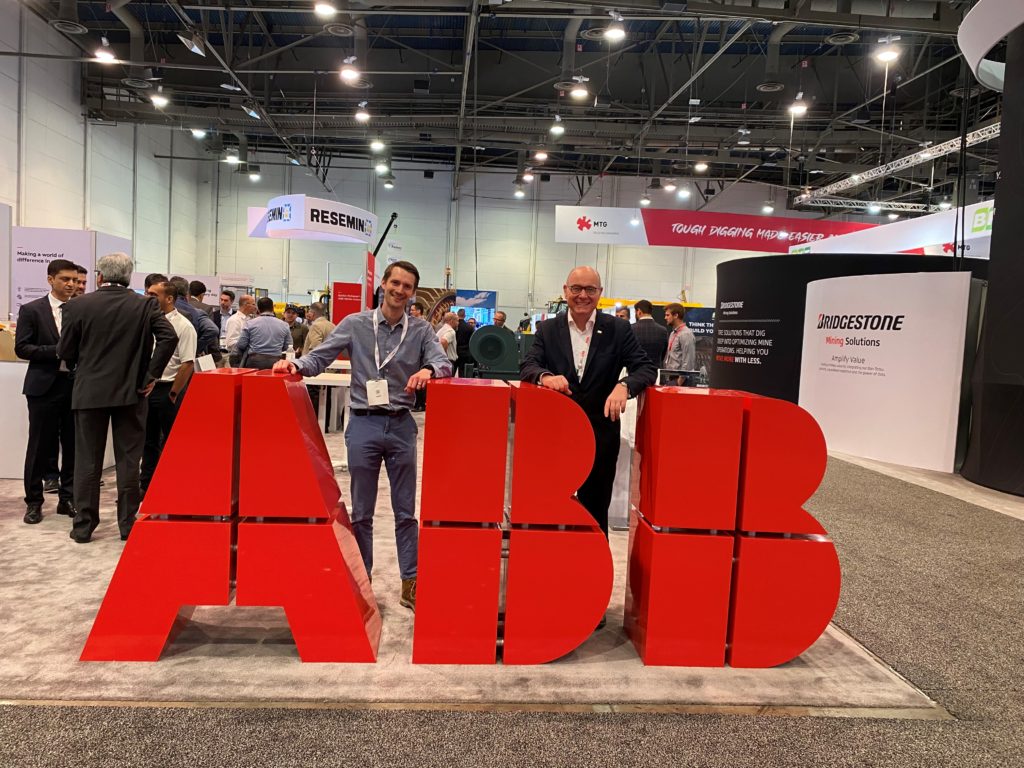Having additional success selling underground loaders to mining customers, Caterpillar is gearing up to release more machines that leverage that same “architecture” technology as the Cat® R2900 XE diesel-electric LHD, Mike Berry, Vice President and General Manager of Load and Haul for Caterpillar, says.
The diesel-electric R2900 XE is built on the R2900G’s platform, Caterpillar’s most popular underground loader. It features optimised lift arm and component geometry plus load-sensing hydraulics to improve breakout force by 35% over the R2900G, Caterpillar states.
The 18.5-t payload R2900 XE features a switch reluctance electric drive system alongside a Cat C15 diesel engine, which offers up to 335 kW of power. Caterpillar says the machine comes with about 30% increased fuel efficiency compared with the R2900G, with its lower engine revolutions per minute resulting in reduced fuel burn, heat, noise, vibration and exhaust emissions.
These traits have, so far, gone down well. In Australia, there are units at mines owned by Gold Fields, Westgold Resources and MMG. Newmont recently confirmed an order for nine R2900 XEs to the Subika gold mine, in Ghana, while Centamin also added at least one of these LHDs to its underground fleet at Sukari, in Egypt. In Canada, Alamos Gold recently purchased two of these machines for its Young-Davidson mine, while Cementation Americas added the diesel-electric machine to its roster, deploying it at New Gold’s Rainy River project in Ontario, Canada.
Speaking to IM at MINExpo 2024, in Las Vegas, in September, Berry said that the company planned to build on this momentum with more models set to join the platform.
“Similar to rolling out this technology from the surface with the 988 XE wheel loader to this machine [the R2900 XE], yes, we plan to take that technology up and down the underground loader product line,” he said.
Berry’s colleague, Paul Bitter, Product Value Stream Manager at Caterpillar, said the architecture of the XE platform – which also includes a battery-electric loader in the form of the R1700 XE – leaves a “great degree of freedom from a design perspective both for hauling and loading”.
He added: “We see it as platform for loaders and trucks, where, because of the electric drive, you can change power source. This means you can have a diesel machine, a hybrid machine or a fully electric machine.”
The most likely haulage and loading candidates for the ‘XE treatment’ are machines that currently only come in diesel form, have not recently been updated and have large populations out in the field.
On the theme of hybridisation, Berry said the company had no plans to combine the electric drivetrain with a small diesel energy and an on-board energy storage element for load and haul equipment. He and colleague Thad Litkenhus, Director of Product Management at Caterpillar, did raise the prospect of a form of the Dynamic Energy Transfer (DET) solution currently equipped for surface haul trucks being converted for underground use, however.
Designed to both transfer energy to large mining trucks, as well as charge a machine’s batteries while operating with increased speed on grade, the system “provides the industry with options to support both near-term and long-term sustainability strategies”, Caterpillar says.
Litkenhus added: “We define hybrid as having multiple energy sources and, if you think about the fundamental notion of a DET system, that is effectively a hybridisation of your machine to bring more energy to the machine. It just happens to be an off-board one.
“We actually think such a combination could provide the hybrid element that diversifies the power source without any drawbacks that come with having it all happen on board the machine.”



